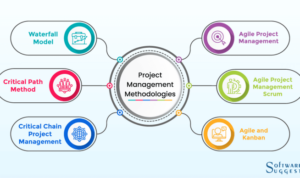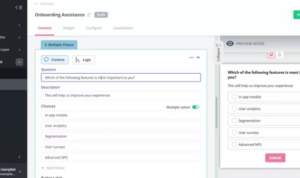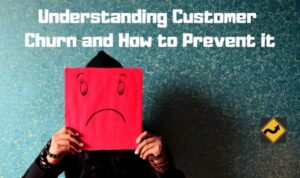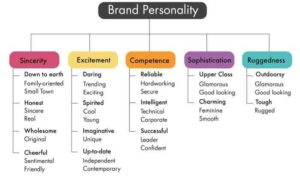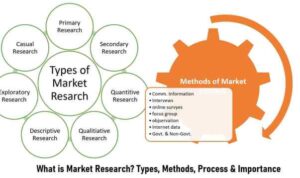Creating a Content Library is all about optimizing your content creation process and maximizing efficiency. Dive into this guide to discover how businesses can benefit from a well-organized content hub.
From the importance of a content library to collaborative content creation and metrics analysis, this comprehensive Artikel covers everything you need to know to build and maintain a successful content repository.
Importance of a Content Library: Creating A Content Library
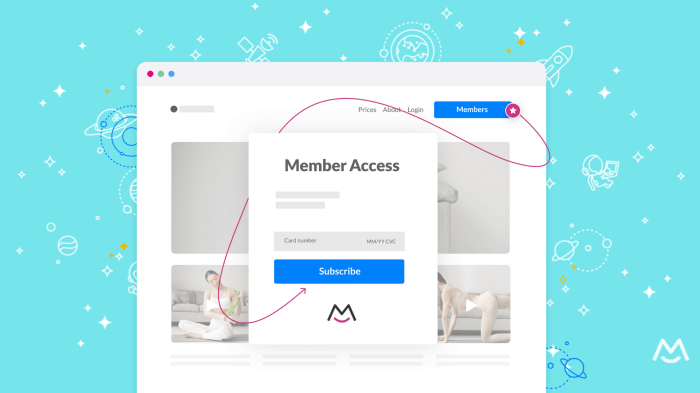
Having a content library is crucial for businesses as it serves as a centralized repository for all marketing materials, resources, and assets. This library houses a collection of content pieces such as blog posts, images, videos, infographics, and more, which can be easily accessed and utilized by the marketing team.
Streamlining Content Creation Processes
A content library can streamline content creation processes by providing a structured framework for content development. With pre-approved templates, brand guidelines, and messaging documents stored in the library, content creators can quickly produce high-quality, consistent content without having to start from scratch each time. This not only saves time but also ensures that the brand’s voice and messaging remain cohesive across all channels.
Industries Benefiting from Content Libraries
- 1. Marketing and Advertising Agencies: Content libraries help agencies manage and organize client assets, campaign materials, and creative resources efficiently.
- 2. E-commerce Businesses: E-commerce companies can use content libraries to store product images, descriptions, and promotional content for easy access and distribution.
- 3. Educational Institutions: Schools and universities can benefit from content libraries by storing educational materials, course resources, and instructional content for teachers and students.
- 4. Software Development Companies: Content libraries can house technical documentation, user guides, and marketing collateral for software products, enabling teams to access and distribute information effectively.
Types of Content to Include
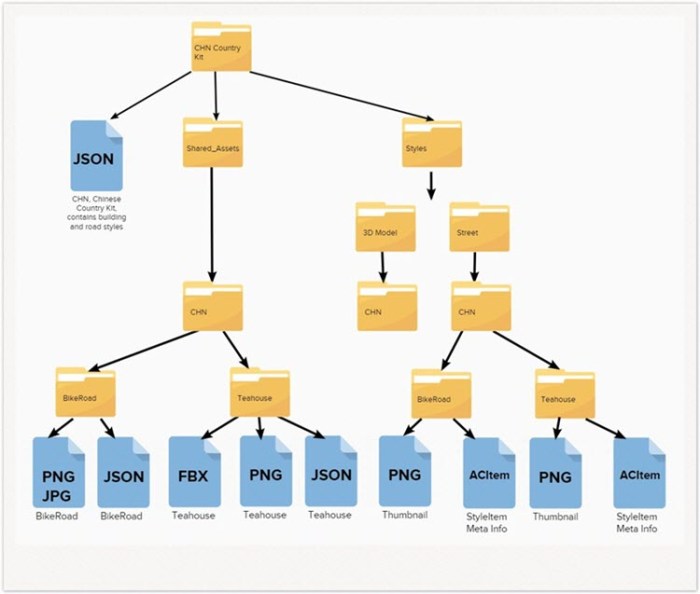
When building a content library, it’s important to include a variety of content types to cater to different preferences and learning styles. Each type of content serves a unique purpose in conveying information effectively and engaging the audience. Here are some key types of content to consider including in your library:
1. Written Content
Written content, such as articles, blog posts, and whitepapers, is essential for providing in-depth information in a structured format. It allows for detailed explanations, analysis, and storytelling, making it ideal for educating and informing the audience.
2. Visual Content
Visual content, including infographics, images, and videos, is great for capturing attention and conveying complex information in a digestible format. Visuals can enhance understanding, engage the audience, and make content more shareable on social media platforms.
3. Interactive Content
Interactive content, such as quizzes, polls, and surveys, encourages audience participation and engagement. It allows users to interact with the content, providing a personalized experience and valuable insights for both the audience and content creators.
4. Audio Content
Audio content, like podcasts and voice recordings, is a popular choice for on-the-go consumption. It allows users to listen to content while multitasking or commuting, making it a convenient and versatile option for reaching a wider audience.
5. User-Generated Content
User-generated content, such as reviews, testimonials, and social media posts, adds authenticity and credibility to your content library. It fosters a sense of community and trust among your audience, as they can relate to and connect with content created by their peers.
Effective Categorization and Organization
To ensure a seamless user experience and easy navigation, it’s crucial to categorize and organize these content types effectively. Consider creating clear labels, tags, and filters to help users find relevant content quickly. You can also use a content management system (CMS) to structure and organize your content library in a logical and user-friendly manner.
Tools for Building a Content Library
When it comes to creating and managing a content library, having the right tools can make all the difference. There are several software and platforms available in the market that can help streamline the process and make it more efficient. Let’s take a look at some of the popular tools and compare their features to help you select the right one for your specific business needs.
Content Management Systems (CMS)
Content Management Systems like WordPress, Joomla, or Drupal are popular choices for building a content library. They offer easy-to-use interfaces, customizable templates, and plugins that can help organize and categorize your content effectively. These platforms are great for businesses looking to create a website with a robust content library.
Digital Asset Management (DAM) Systems
For businesses that deal with a large volume of digital assets like images, videos, and documents, a Digital Asset Management system like Adobe Experience Manager or Bynder can be a game-changer. These tools help you store, organize, and retrieve digital assets efficiently, making it easier to manage your content library.
Content Collaboration Tools
Collaboration is key when it comes to building a content library, especially for teams working remotely. Tools like Google Workspace, Dropbox Paper, or Slack provide a platform for team members to collaborate, share ideas, and work on content projects together. These tools enhance communication and streamline the content creation process.
Content Curation Platforms
If you’re looking to curate content from multiple sources and create a comprehensive content library, platforms like Curata, Scoop.it, or Feedly can be valuable resources. These tools help you discover, organize, and share relevant content from across the web, making it easier to keep your library up-to-date and engaging.
Tips for Selecting the Right Tool
- Identify your specific business needs and goals before choosing a tool.
- Consider the size of your content library and the volume of content you’ll be managing.
- Evaluate the user interface and ease of use of the tool to ensure it aligns with your team’s skills and capabilities.
- Look for tools that offer scalability and flexibility to grow with your business over time.
- Don’t forget to consider factors like pricing, customer support, and integration capabilities when making your decision.
Best Practices for Maintaining a Content Library
Maintaining a content library is crucial for ensuring that your resources are up-to-date, relevant, and easily accessible to your audience. Here are some best practices to help you keep your content library in top shape.
Regular Updates
- Set a schedule for updating your content regularly to reflect any changes in information, trends, or best practices.
- Assign specific team members to be responsible for updating different sections of the content library.
- Monitor feedback from users and incorporate any suggestions for improvements or updates.
Version Control
- Implement a version control system to keep track of changes made to your content over time.
- Clearly label each version of the content to ensure that users are accessing the most recent and accurate information.
- Regularly review and update older versions of content to maintain consistency and accuracy across all materials.
Archiving Content
- Develop a system for archiving older or outdated content that is no longer relevant to your audience.
- Store archived content in a separate section of your library for reference purposes.
- Regularly review archived content to determine if it can be repurposed or updated for future use.
Regular Audits and Maintenance
- Conduct regular audits of your content library to identify any gaps, inconsistencies, or outdated information.
- Create a maintenance schedule to address any issues identified during audits and ensure that your content remains accurate and relevant.
- Collaborate with subject matter experts to review and update content based on the latest industry standards and best practices.
Collaborative Content Creation
Collaborative content creation is all about working together as a team to produce high-quality and engaging content for a content library. By leveraging the diverse skills and expertise of team members, the content can be more comprehensive and impactful.
Effective Collaboration Within a Content Library, Creating a Content Library
Collaboration within a content library can take various forms, such as brainstorming sessions, content review meetings, and shared document editing. By encouraging open communication and idea sharing, teams can generate innovative content ideas and ensure that the final output meets the desired objectives.
- Regular team meetings to discuss content ideas and strategies
- Assigning specific roles and responsibilities to team members
- Utilizing project management tools for task tracking and collaboration
- Providing constructive feedback and suggestions for improvement
By fostering a collaborative environment, teams can create content that resonates with the target audience and drives engagement.
Role of Permissions and Access Control
Permissions and access control play a crucial role in collaborative content creation by ensuring that team members have the appropriate level of access to the content library. By defining user roles and permissions, organizations can prevent unauthorized access and maintain the integrity of the content.
- Granting read-only access to certain team members for content review
- Limiting editing privileges to designated content creators
- Implementing version control to track changes and revisions
- Regularly auditing user access rights to prevent security breaches
Effective permissions and access control mechanisms can safeguard the content library from unauthorized modifications and ensure data security.
Examples of Successful Collaborations
Successful collaborations within content libraries can be seen in various industries, where teams come together to create compelling content that drives results. For instance, marketing teams collaborating with graphic designers to produce visually appealing infographics, or subject matter experts partnering with writers to develop in-depth whitepapers.
- Collaboration between social media managers and content creators for developing engaging social media posts
- Cross-functional teams collaborating on product launch content for consistency and accuracy
- Content strategists working with specialists to optimize content for search engines
These examples highlight the power of collaborative content creation in achieving shared goals and delivering value to the audience.
Content Library Metrics and Analysis
When it comes to building a solid content library, tracking metrics and analyzing data are key components to ensuring its success. By examining the performance of your content library, you can make informed decisions to improve and optimize your content strategy.
Significance of Tracking Metrics
Tracking metrics related to your content library allows you to measure the effectiveness of your content and its impact on your audience. It helps you understand what content resonates with your audience and what areas need improvement.
Key Performance Indicators (KPIs)
- Engagement Metrics: Measure how users interact with your content, such as page views, time on page, and social shares.
- Conversion Rates: Track how your content contributes to conversions, whether it’s leads generated, sales made, or other desired actions taken.
- Content Quality: Evaluate the quality of your content based on metrics like bounce rates, scroll depth, and returning visitors.
- Performance: Monitor how well your content ranks in search engines and the organic traffic it generates.
Data Analysis for Content Strategy Decisions
By analyzing data from your content library, you can gain valuable insights that drive content strategy decisions. Whether it’s identifying trends, understanding audience preferences, or optimizing content for better performance, data analysis plays a crucial role in shaping your content strategy.
